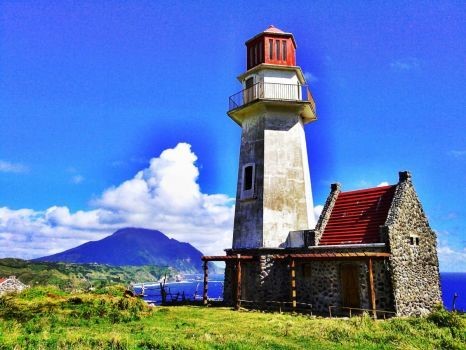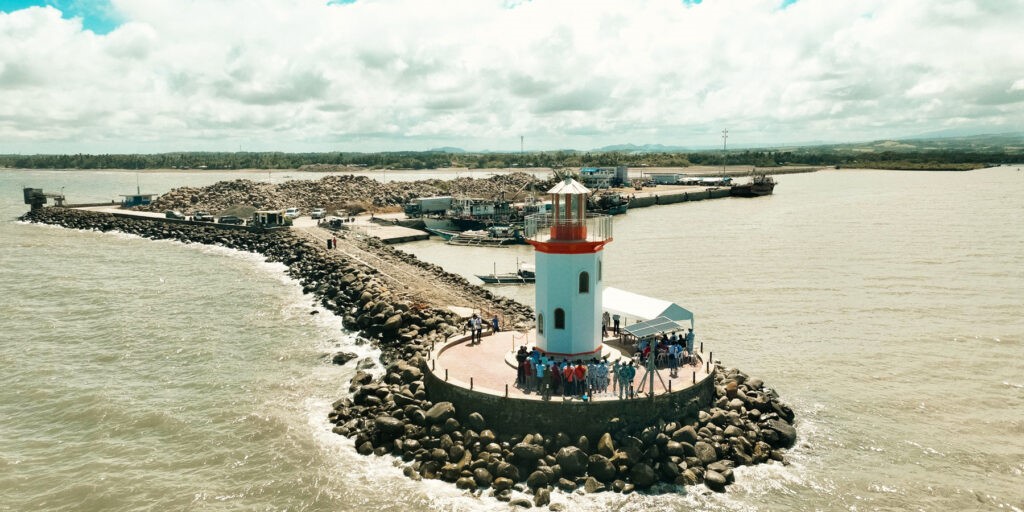A Closer Look at Lighthouses in the Philippines
Lighthouses stand as steadfast sentinels along the Philippines’ extensive coastline, guiding mariners through treacherous waters and safely to port. With a maritime heritage as rich as its archipelagic landscape, the Philippines boasts a network of vital aids to navigation that includes these iconic beacons of light.
Utilizing the Solar Energy
Utilizing solar energy as their method of operation, lighthouses employ potent light sources to emit unmistakable signals visible from great distances, assisting vessels in ascertaining their location, circumventing hazards, and navigating with confidence. While historically, these signals were generated by lamps powered by oil or gas, contemporary innovations have led to the integration of advanced lighting systems, such as LED technology, which not only enhance visibility but also significantly improve efficiency.
Philippine Coast Guard (PCG)
The Philippine Coast Guard (PCG) plays a significant role in overseeing the country’s aids to navigation, implementing standards and protocols in line with lALA guidelines. The PCG conducts regular inspections, maintenance activities, and upgrades to ensure that aids to navigation meet international standards and provide reliable assistance to mariners.
Efforts are also underway to modernize and improve the efficiency of aids to navigation in the Philippines, including the integration of new technologies, such as solar-powered lighting systems and automated monitoring devices. These initiatives aim to enhance the effectiveness of maritime navigation, reduce risks to vessels, and contribute to the overall safety of maritime operations in Philippine waters.
Overall, the Philippines remains committed to upholding IALA standards and collaborating with international partners to advance the global objectives of safe and efficient maritime navigation. Through ongoing efforts in infrastructure development, capacity building, and regulatory compliance, the country strives to ensure that its aids to navigation meet the evolving needs of maritime transportation in the 21st century.
Future Plans for Modernization
Looking ahead, the Philippines is poised for a significant leap forward in the modernization of its aids to navigation infrastructure. Recognizing the importance of staying abreast of technological advancements and global standards, the PCG has outlined ambitious plans for the enhancement and expansion of aids to navigation across the archipelago.
Proposed initiatives include the integration of state-of-the-art lighting and signalling systems, the implementation of automated monitoring and control mechanisms, and the establishment of new navigational landmarks in strategic maritime zones. These efforts aim not only to bolster maritime safety and efficiency but also to support the Philippines’ growing role in regional and international shipping networks.
As the Philippines charts its course towards a brighter, safer maritime future, the evolution of its aids to navigation stands as a beacon of progress, guiding ships through the waters of opportunity and prosperity. With unwavering dedication and forward-thinking vision, the Philippines reaffirms its commitment to the safety and security of all who traverse its seas.

Tayid Lighthouse, Mahatao, Batanes, Philippines.

Lighthouse Cadiz, Banquerohan, Cadiz City Negros Occidental, Philippines.
Based on material kindly provided by Captain Jomark U Angue
Deputy Chief of Coast Guard Staff for Maritime Safety Service CG-8
Rapporteur: Paul Ridgway
